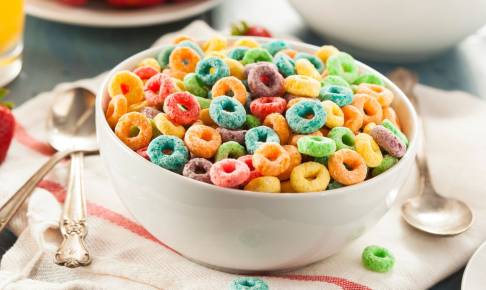Analysis of PFAS in food matrices and its difficulties: analytical criteria by the European Union Reference Laboratory
The European Commission (EC) has initiated discussions with its Member States to set maximum limits in food for 4 PFAS (PFOA, PFNA, PFHxS, and PFOS), which were the subject of an EFSA’s scientific opinion in 2020. The European Reference Laboratory for organo-halogenated compounds in food and feed-Berlin has laid down the criteria for the analysis of PFAS in food matrices, in support of national plans for monitoring in relation to the maximum levels that the EC intends to establish.
The analytical criteria highlight the food matrices which are studied, and the difficulties encountered in defining the maximum contamination limits, the alert levels (higher than the levels considered "safe"), and the target levels (levels of safety for the consumer towards overexposure compared to the toxicological value for human health).
To meet the "compliance" requirements of the defined legal limits, the analytical methods used must guarantee the minimum quantification limits in any case. It is also to be noted that foods though slightly contaminated, can contribute in a significant way to the exposure, by virtue of the high consumption by the population, hence, it is desirable that the performance levels of the analytical method are achieved.
The issue appears critical given that the guide value set by EFSA is very conservative (4 ng / kg body weight /week), which, if transposed into target contamination limits, would lead to the putting out of the market of most of the foods produced today. Furthermore, the laboratories still do not seem sufficiently intercalibrated to achieve the required levels of analytical performance.
The food legislation in progress is also different and less prospective from that envisaged today for drinking water, which has set double limits to 24 PFAS and the total PFAS. Furthermore, the food legislation does not appear to be harmonized with the Water Framework Directive, which establishes, for example, an Environmental Quality Standard (EQS) for PFOS in fish resources intended for human consumption, taking into account the actual consumption of fish.
A recommendation that specifies the extension of the research to other emerging PFAS, that provides guidelines for the epidemiological investigation in case of non-compliance, and that will be capable of having a transversal approach with other legislation, is also expected, given the ubiquitous presence of these "forever chemicals".
Sources:






















